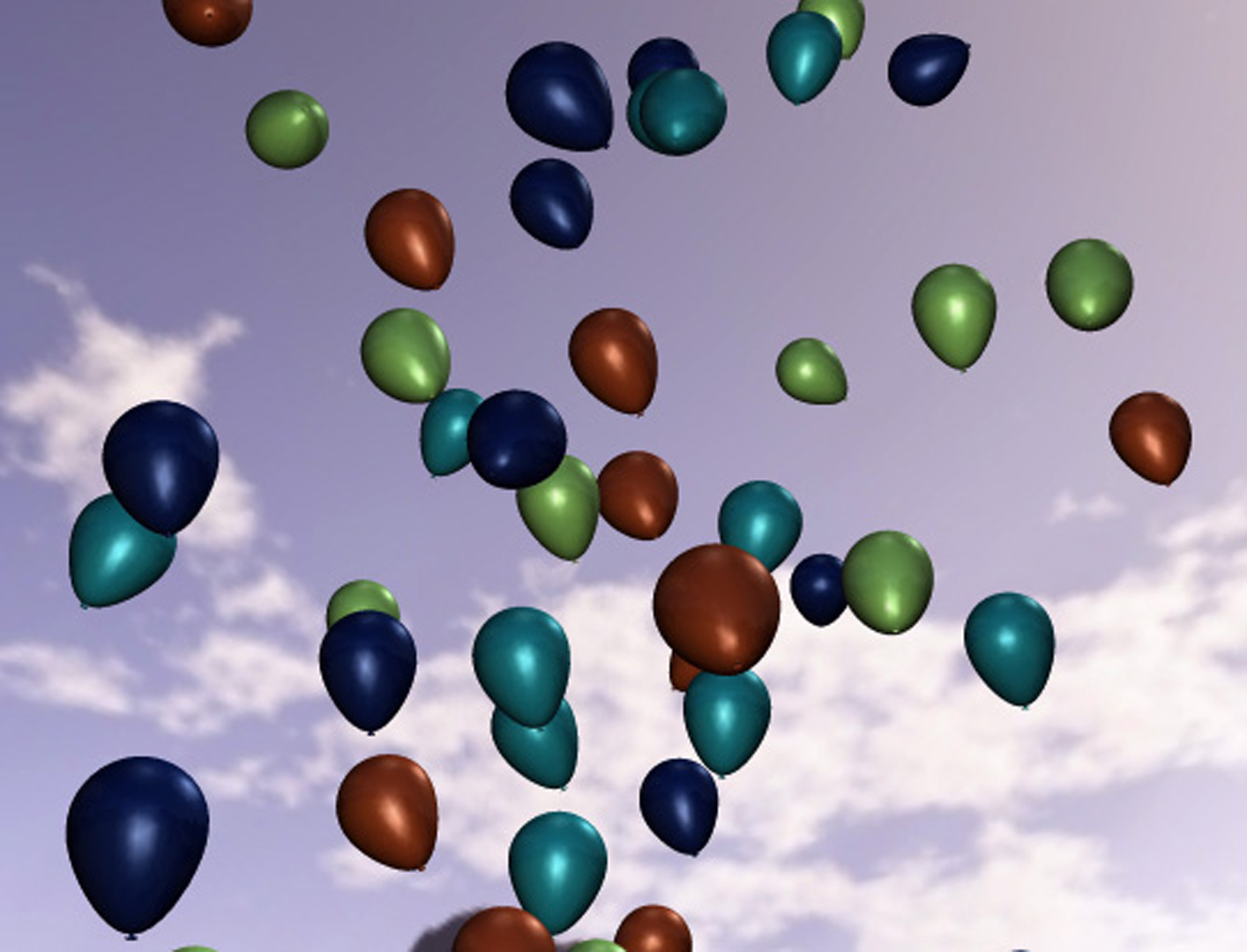“Underwater rigid body dynamics” by Weißmann and Pinkall
Conference:
Type(s):
Title:
- Underwater rigid body dynamics
Presenter(s)/Author(s):
Abstract:
We show that the motion of rigid bodies under water can be realistically simulated by replacing the usual inertia tensor and scalar mass by the so-called Kirchhoff tensor. This allows us to model fluid-body interaction without simulating the surrounding fluid at all. We explain some of the phenomena that arise and compare our results against real experiments. It turns out that many real scenarios (sinking bodies, balloons) can be matched using a single, hand-tuned scaling parameter. We describe how to integrate our method into an existing physics engine, which makes underwater rigid body dynamics run in real time.
References:
1. Anderson Jr, J. D. 2005. Ludwig Prandtl’s Boundary Layer. Physics Today, December.Google Scholar
2. Baraff, D. 1993. Non-penetrating rigid body simulation. In State of the Art Reports, Eurographics.Google Scholar
3. Becker, M., Tessendorf, H., and Teschner, M. 2008. Direct forcing for Lagrangian rigid-fluid coupling. IEEE Trans. Vis. Comput. Graphics 15, 3. Google ScholarDigital Library
4. Bou-Rabee, N. 2007. Hamilton-Pontryagin Integrators on Lie Groups. PhD thesis, Caltech.Google Scholar
5. Carlson, M., Mucha, P. J., and Turk, G. 2004. Rigid fluid. ACM Trans. Graph. 23, 3. Google ScholarDigital Library
6. Field, S., Klaus, M., and Moore, M. 1997. Chaotic dynamics of falling disks. Nature 388, July.Google Scholar
7. Holmes, P., Jenkins, J., and Leonard, N. E. 1998. Dynamics of the Kirchhoff Equations I: Coincident Centers of Gravity and Buoyancy. Physica D 118. Google ScholarDigital Library
8. Kallay, M. 2006. Computing the moment of inertia of a solid defined by a triangle mesh. journal of graphics, gpu, and game tools 11, 2.Google Scholar
9. Kanso, E., Marsden, J. E., Rowley, C. W., Melli-huber, J. B., and Newton, C. P. K. 2005. Locomotion of articulated bodies in a perfect fluid. J. Nonlinear Science 15, 255–289.Google ScholarCross Ref
10. Kirchhoff, G. R. 1870. {On the motion of a solid of revolution in a fluid}. Journal für die Reine und Angewandte Mathematik 71. (in German).Google Scholar
11. Kobilarov, M., Crane, K., and Desbrun, M. 2009. Lie group integrators for animation and control of vehicles. ACM Trans. Graph. 28, 2. Google ScholarDigital Library
12. Lamb, H. 1895. Hydrodynamics. Cambridge Univ Pr.Google Scholar
13. Lee, T., Leok, M., and Mcclamroch, N. H. 2009. Dynamics of connected rigid bodies in a perfect fluid. In Proc. ACC 2009, {Online}. Available: http://arxiv.org/abs/0809.1488. Google ScholarDigital Library
14. Nair, S., and Kanso, E. 2007. Hydrodynamically coupled rigid bodies. Journal of Fluid Mechanics 592, 393–411.Google ScholarCross Ref
15. Newman, J. N. 1977. Marine hydrodynamics. MIT Press.Google Scholar
16. Nordkvist, N., and Sanyal, A. K. 2010. A Lie group variational integrator for rigid body motion in SE(3) with applications to underwater vehicle dynamics. In Proc. IEEE CDC.Google Scholar
17. Ozgen, O., Kallmann, M., Ramirez, L. E., and Coimbra, C. F. 2010. Underwater cloth simulation with fractional derivatives. ACM Trans. Graph. 29, 3. Google ScholarDigital Library
18. Pesavento, U., and Wang, Z. J. 2004. Falling paper: Navier-stokes solutions, model of fluid forces, and center of mass elevation. Phys. Rev. Lett. 93, 14, 144501.Google ScholarCross Ref
19. Saffman, P. G. 1992. Vortex Dynamics. Cambridge Univ Pr.Google Scholar
20. Shashikanth, B. N., Sheshmani, A., David, S., and Jerrold, K. 2008. Hamiltonian structure for a neutrally buoyant rigid body interacting with N vortex rings of arbitrary shape: the case of arbitrary smooth body shape. 37–64.Google Scholar
21. Treuille, A., Lewis, A., and Popović, Z. 2006. Model reduction for real-time fluids. Proc. ACM/SIGGRAPH Conf. 25, 3, 826–834. Google ScholarDigital Library
22. Van Oosterom, a., and Strackee, J. 1983. The Solid Angle of a Plane Triangle. IEEE Trans. Biomed. Eng. BME-30, 2.Google ScholarCross Ref
23. Vankerschaver, J., Kanso, E., and Marsden, J. 2009. The geometry and dynamics of interacting rigid bodies and point vortices. The Journal of Geometric Mechanics 1, 2, 223–266.Google ScholarCross Ref
24. Weissmann, S., Gunn, C., Brinkmann, P., Hoffmann, T., and Pinkall, U. 2009. jReality: a java library for real-time interactive 3D graphics and audio. In Proc. ACM/MM Conf. Google ScholarDigital Library
25. Zhong, H., Chen, S., and Lee, C. 2011. Experimental study of freely falling thin disks: Transition from planar zigzag to spiral. Physics of Fluids 23, 1.Google ScholarCross Ref





